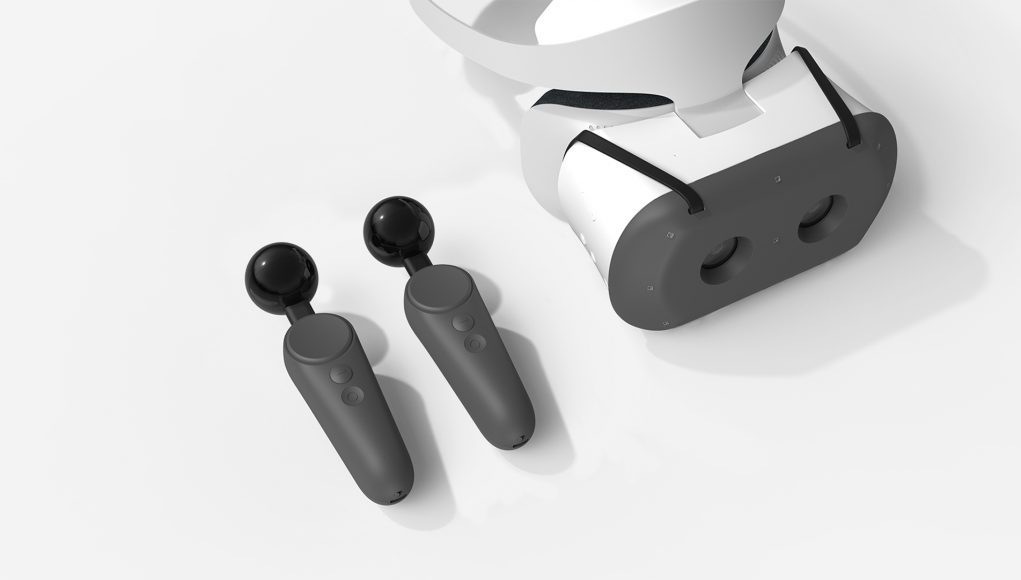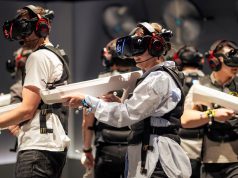As applications for the Lenovo Mirage Solo 6DOF controller dev kits come to a close recently, it appears Google has begun sending out its first wave of units, an experimental hardware add-on for Lenovo’s Mirage Solo standalone headset that brings optical positional tracking to a pair of purpose-built controllers.
Alex Coulombe, the creative director and co-founder of VR startup Agile Lens, was one of the firsts to publish a few snaps along with his initial impressions of the dev kit; the headset already boasts 6DOF headset tracking but was matched with a single 3DOF controller (rotational only) at launch in May.
If you don't have the faceplate plugged in, everything is normal. As soon as you plug it in, the controllers just appear (sometimes at the wrong place for a moment). From there you can go about your business naturally like in any desktop #6DoF experience.#VR #Daydream #DevKit pic.twitter.com/e7T66VaQVd
— Alex Coulombe (@iBrews) December 19, 2018
According to Coulombe, the 6DOF controller kit is about as plug-and-play as we would have hoped, saying “[i]f you don’t have the faceplate plugged in, everything is normal. As soon as you plug it in, the controllers just appear (sometimes at the wrong place for a moment). From there you can go about your business naturally like in any desktop 6DoF experience.”
The dev kit also features backwards compatibility with standard Daydream apps that use the 3DOF controller, Coulombe says.
Putting it through its paces, Coulombe found the optical tracking system’s breaking point, but concludes it’s “not a big problem, [there are] few applications I can imagine where you’d really need to cross your hands over each other.”
Cubic VR founder Haldun Kececigil also received a unit, posting a brief look at the dev kit still fresh in the box and stating eagerly that tracking was so far “flawless” since the latest update.
Our #6dof #daydream dev kit is here. Thank @GoogleARVR team! Stand-alone #VR here we come… pic.twitter.com/wJrMTtXEbw
— Haldun (@haltor) December 12, 2018
Where the 6DOF controller dev kit will eventually will lead, we’re not sure. Healthy speculation: Google isn’t gearing up to mass produce the add-on itself, but rather seed its developer community with the tools to develop full-fledged 6DOF content for a headset yet to come, possibly one that will directly compete with Oculus Quest, which has been confirmed to launch sometime early 2019.
So far Google has been mum on the details, so at this point we just can’t tell.










